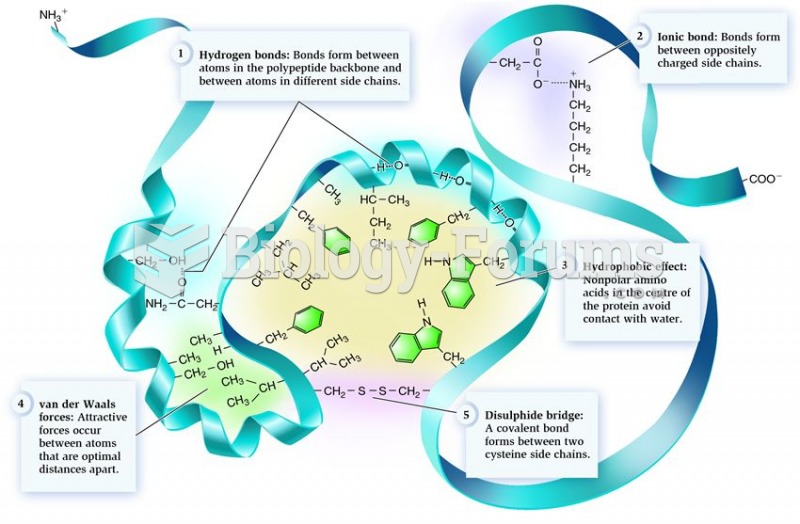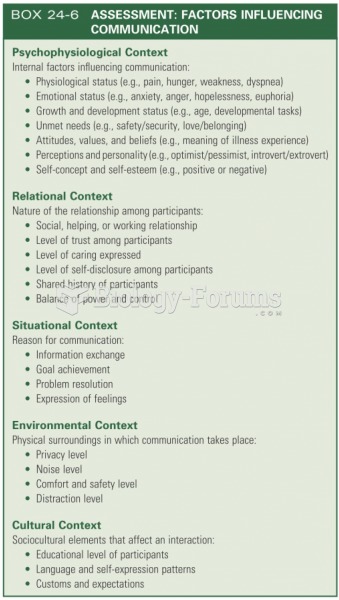Answer to Question 1
A, C, D, E
The geriatric problem drinker begins drinking in later life, often in response to stressors such as retirement, loss of spouse, and loneliness. Once the demands of job, career, and care of a family and household are gone, the structure of daily life is disrupted, and little impetus remains to stay sober. Mild cognitive impairment is not a predisposing factor in the development of geriatric problem drinking. Other risk factors include less than a high school education, smoking, low income, and male gender.
Answer to Question 2
B, C, D
Factitious disorder by proxy is a rare condition wherein a person intentionally causes or perpetuates the illness of a loved one (e.g., by periodically contaminating IV solutions with fecal material). When this disorder is suspected, the child's life could be at risk. Depending on the evidence supporting this suspicion, interventions could range from minimizing unsupervised visitation to blocking visitation altogether. Frequently checking on the child during visitation and minimizing unobserved access to the child (by encouraging small group visits) reduces the opportunity to take harmful action and increases the collection of data that can help determine whether this disorder is at the root of the child's illness. Detailed tracking of visitation and untoward events helps identify any patterns there might be between select visitors and the course of the child's illness. Increasing private visitation provides more opportunity for harm. Educating visitors about aseptic techniques would not be of help if the infections are intentional, and preventing inadvertent contamination by the child himself would also not affect factitious disorder by proxy.







